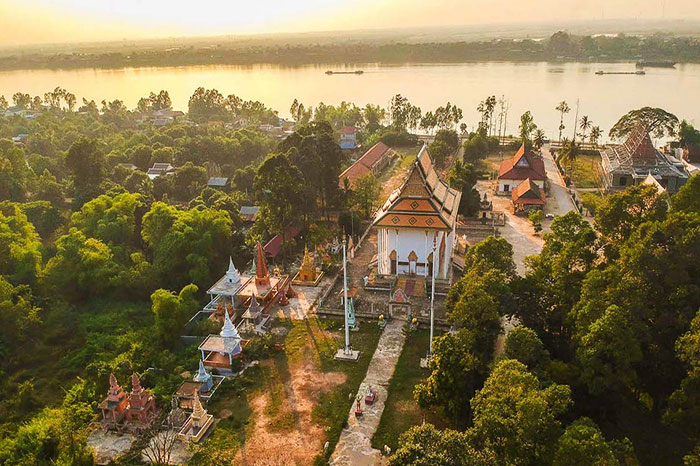
Travel along the water in Cambodia
- on Jan 16, 2025 By: Ngoc Nguyen
Water is an element closely linked to Cambodia's geography and history. As a source of life, an essential communication route for the populations, and a cradle of cultures, water has always shaped the peoples and landscapes of the Khmer kingdom. Leave the road and take rivers, streams, and lakes to discover the riches of the Khmer kingdom from a unique and rare angle.
The Mekong, the "mother of waters" of Cambodia
Crossing Cambodia from North to South for nearly 500 kilometers from the impetuous currents of the 4000 islands in Laos to the confines of Southern Vietnam, the legendary river can be a wonderful common thread for your trip to Cambodia. Riding this large and generous "water snake" allows you to discover some of the most attractive destinations in Cambodia. The first, coming from the North, is Stung Treng. Located at the confluence of the Mekong and the Sekong Rivers, this lively little trading town is the ideal stopover to immerse yourself in Cambodian daily life punctuated by the river. Heading South, before reaching the charming town of Kratie, you can stop to try to observe the Irrawaddy freshwater dolphins during a very beautiful canoe ride and visit some temples and pagodas including the magnificent Wat Sor Sor Muy Roi or temple of a hundred columns, located in the village of Sambor which was one of the first capitals of the Chen La kingdom.
Then, you will be won over by the charming town of Kratie spread out along the Mekong. This offers a relaxing atmosphere; beautiful colonial remains and wonderful sunsets on the river. About thirty kilometers from Kratie and its charming Koh Trong Island, you will like to stop at Chhlong River Town to admire its old, faded colonial buildings in the shade of which a pretty little market is held every morning. Another choice stop along the Mekong is Kompong Cham. There you can discover some beautiful colonial houses, old temples and pagodas, and visit rubber plantations dating from the colonial era. The highlight of your trip to Cambodia along the Mekong is Phnom Penh, the capital of the kingdom, offering its visitors a wonderful historical and cultural heritage, both ancient and contemporary. It is in Phnom Penh that you will fully appreciate the importance of water in Cambodia. The capital is located at the convergence of three major waterways: the Mekong, Tonle Sap Lake and the Bassac River.
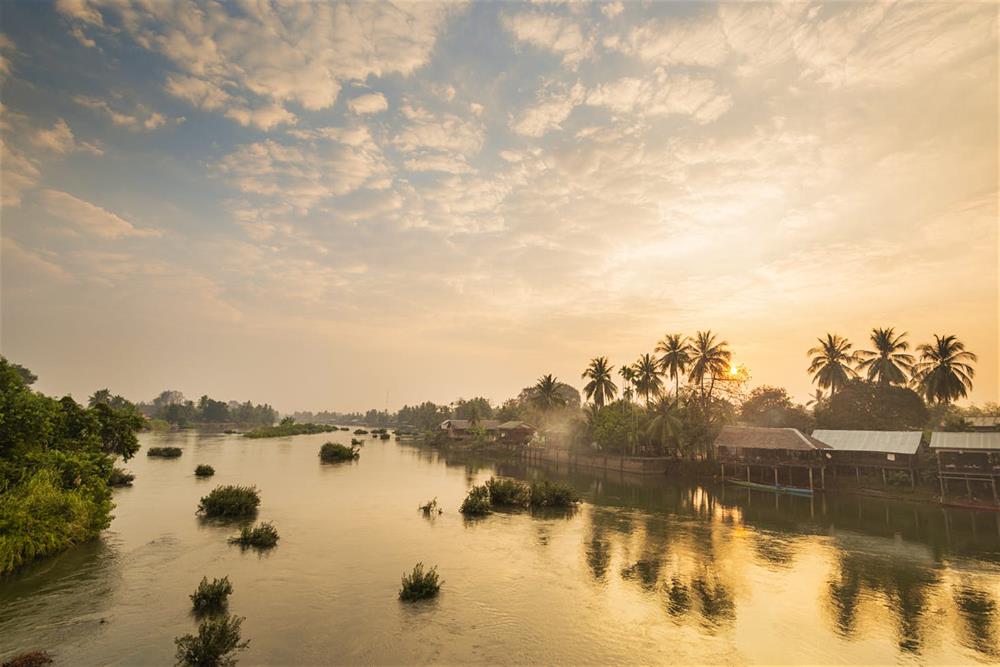
>> Read more: Top 10 tips and tricks for a successful trip to Cambodia
Tonle Sap, the largest freshwater reservoir in all of Southeast Asia
This immense freshwater lake is a site of prime importance for Cambodians since it serves as an overflow for overflowing water during periods of high water and as a reservoir during periods of low water. Classified as a biosphere reserve by UNESCO, the very fishy waters of the Tonle Sap support thousands of families settled in picturesque floating villages. You can cross the Tonle Sap to reach the fabulous temples of Angkor. During your navigation, do not miss visiting the Prek Toal Ornithological Reserve, one of the most important sanctuaries in Southeast Asia for the protection of endangered species.
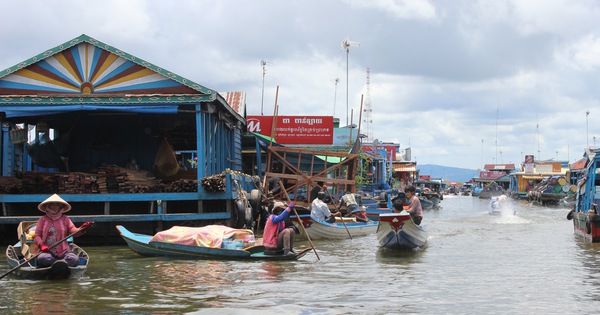
Down the Sangker River
Another river route to get to the temples of Angkor: the Sangker River. Indeed, from the charming Battambang Town, you can take a seat on a local boat to undertake, in about 7 hours, the descent of the river to the edges of the Tonle Sap Lake. A contemplative navigation to discover the Cambodian daily life before exploring the archaeological treasures of Angkor.
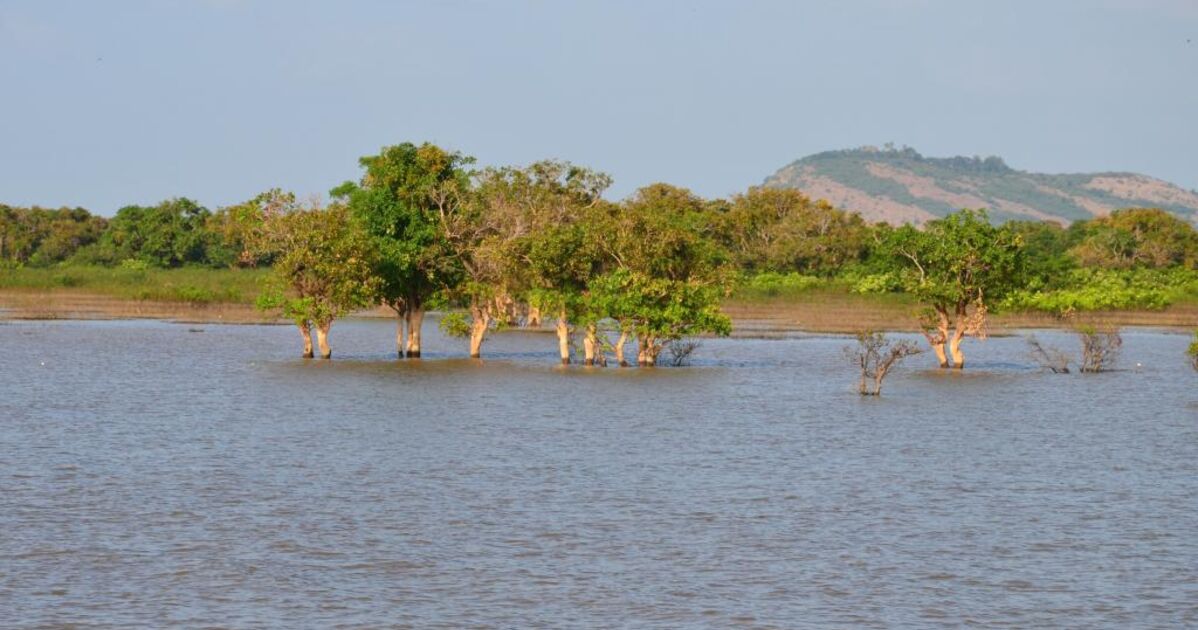
The treasures of the Cambodian coast
Salt water also holds an important place in the lives of Cambodians. Its maritime facade, about 443km long and overlooking the Gulf of Thailand, is an important source of income for the local population. There is fishing of course, but also the cultivation of salt and rice. The latter was made possible by the construction of polders, a system of dikes, valves and canals to regulate irrigation beyond the rainy season and block salt water during the high tides of the dry season. The Cambodian coastline is home to attractive seaside destinations to end your trip to Cambodia in style. If we no longer like Sihanoukville, totally disfigured, we still appreciate the quiet seaside resort of Kep and the magnificent islands of Koh Kong, Koh Rong or Koh Ta Tiev.
Water Festival
The Water Festival or "Bon Om Teuk" in Khmer, one of the biggest festivals in Cambodia, marks the importance of this element in the daily life of Cambodians and the end of the rainy season and the change of direction of the Tonle Sap River, on the day of the full moon in late October or early November. Throughout the kingdom but especially in Phnom Penh, festivities take place for 3 days and in particular pirogue races followed by hundreds of thousands of spectators.
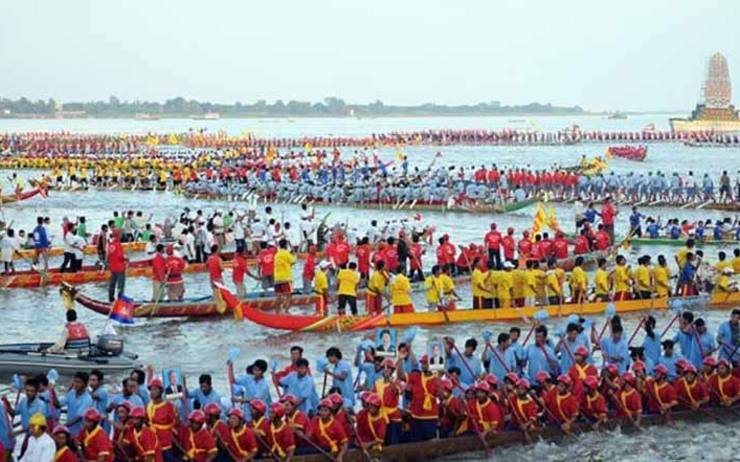
Related articles:
>> Vietnam Cambodia tour 2 weeks: What to do?
 Español
Español Français
Français







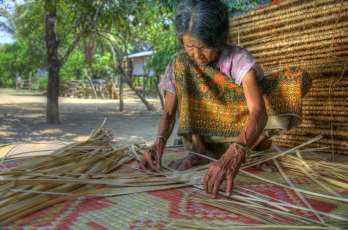
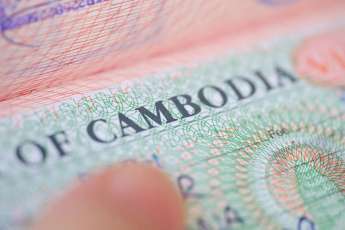
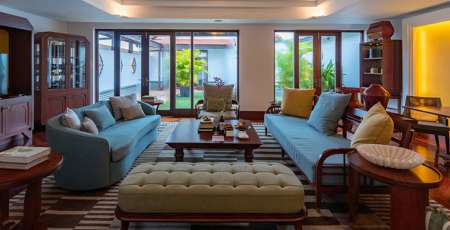
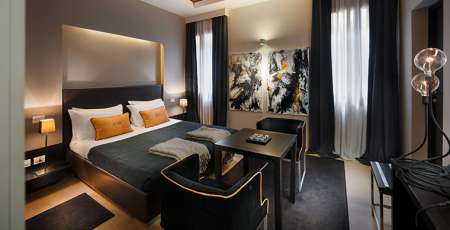
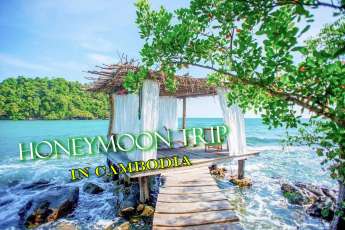
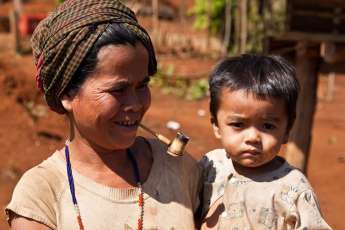







TraZefUK
on Nov 28, 2025HerbertPhomaMS
on Oct 19, 2025Lilyan Cuttler
on Oct 15, 2025Avenue17XC
on Sep 14, 2025Avenue18JL
on Jul 21, 2025